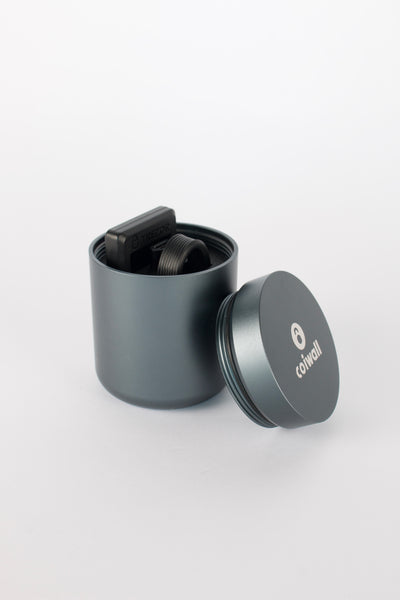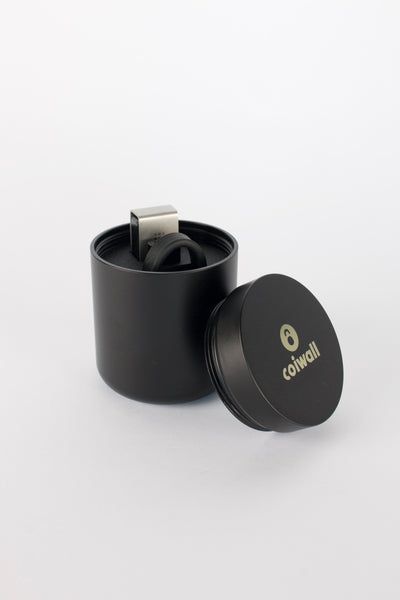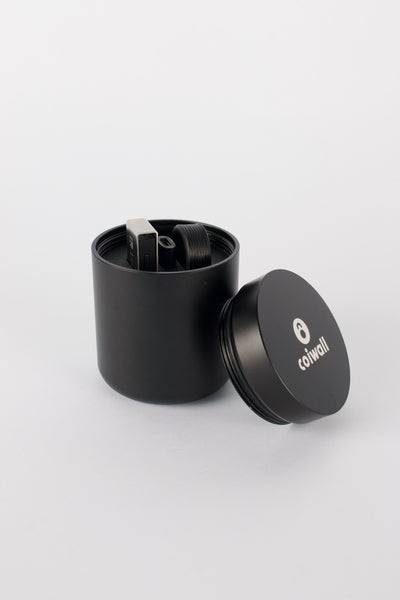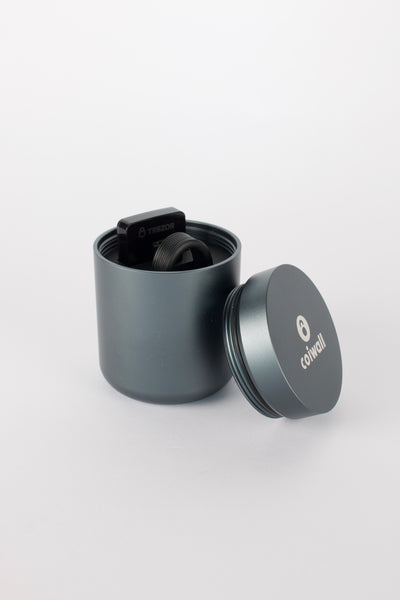There’s nothing quite like the panic that sets in when you realize you’ve misplaced something important—your keys, your phone, or heaven forbid, your hardware wallet! But before that panic turns into a full-blown crisis, take a deep breath. If you’ve got your recovery seed, you’re still in the game. Let’s chat about how to navigate this sticky situation.
First Things First: What on Earth Is a Recovery Seed?
If you’re already in the crypto sphere, this might be old news. But just in case, let’s break it down. A recovery seed is a randomly generated list of words presented to you when you first set up your hardware wallet. It’s like your crypto lifeline—your personal ‘get out of jail free’ card. In simpler terms, if you have it, you can restore access to your crypto assets.
Why Is the Recovery Seed So Critical?
Imagine your wallet as a key and the recovery seed as a locksmith’s blueprint to forge that key anew. While a lost hardware wallet might seem disastrous, as long as you have the seed, you’re not locked out of your digital riches. This magical list of words allows you to regain access to your assets on a new device even if your original wallet takes a permanent vacation in the Bermuda Triangle.
Ground Zero: Staying Calm and Assessing the Damage
Alright, you’ve lost your hardware wallet, and you’re clutching your recovery seed like a talisman. What now? First, hit the pause button and assess. Did you misplace the device within familiar surroundings—like the cluttered recesses of your home or the depths of your favorite backpack? Take a thorough look around.
Time for Some Detective Work
If the wallet’s last known location eludes you, try to recall your last interactions and trace back your steps. It might be lurking under a couch cushion or hiding in your car’s console. You’d be surprised where these little gadgets can sneak off to.
If all your sleuthing leads to a dead end, don’t fret. Having a recovery seed essentially equips you with the cheat code to the ultimate resurrection process.
Plan B: Setting Up a New Hardware Wallet
Once it’s clear the original wallet’s gone off-grid, it’s time to implement Plan B: setting up a new hardware wallet. Companies like Trezor or Ledger have streamlined the setup process, making it rather painless even for the tech-averse.
- Buy a New Device: Choose a trusted brand and make sure to purchase directly from the manufacturer or a verified distributor to avoid any funny business.
- Initialize the New Hardware Wallet: When you’re ready to roll, your new device will prompt you to initialize it. This is your cue to enter your recovery seed.
- Recover Your Wallet: By entering your well-preserved seed, your new hardware wallet resurrects your old one’s state, restoring access to your crypto assets just as you left them.
More Than Just a Wallet: Securing Your Digital Fort
Okay, so you’ve gotten your wallet up and running again. Time to invest in some peace of mind. Maybe it’s time to research more about ways to protect those precious assets. Have you heard of multi-signature wallets or custodial wallets? These options can offer an additional layer of security, making it tougher for anyone to gain unauthorized access.
A Little Extra Precaution Never Hurts
Consider backing up your recovery seed in several secure locations. Sure, it sounds like stating the obvious, but it’s easy to overlook in the bustle of daily life. Perhaps engrave it on a metal plate if you’re feeling fancy or tuck it away in a vault.
The Bottom Line: Keep Calm and Crypto On
At the heart of this is the notion that preparedness can soften the blow of the unexpected. By holding onto your recovery seed, you hold a lifeline to your assets, even if your original device takes a permanent trek into the wild unknown.
Remember, crypto is all about decentralization and individual control, but it comes with its own set of responsibilities. Think of it like embracing the freedom to drive—but you still need to buckle up. So, clutch onto that recovery seed like it’s gold, handle your hardware wallet like it’s the last cookie in the jar, and you’ll be ahead of the game.
And in the end, isn’t that what it’s all about?











